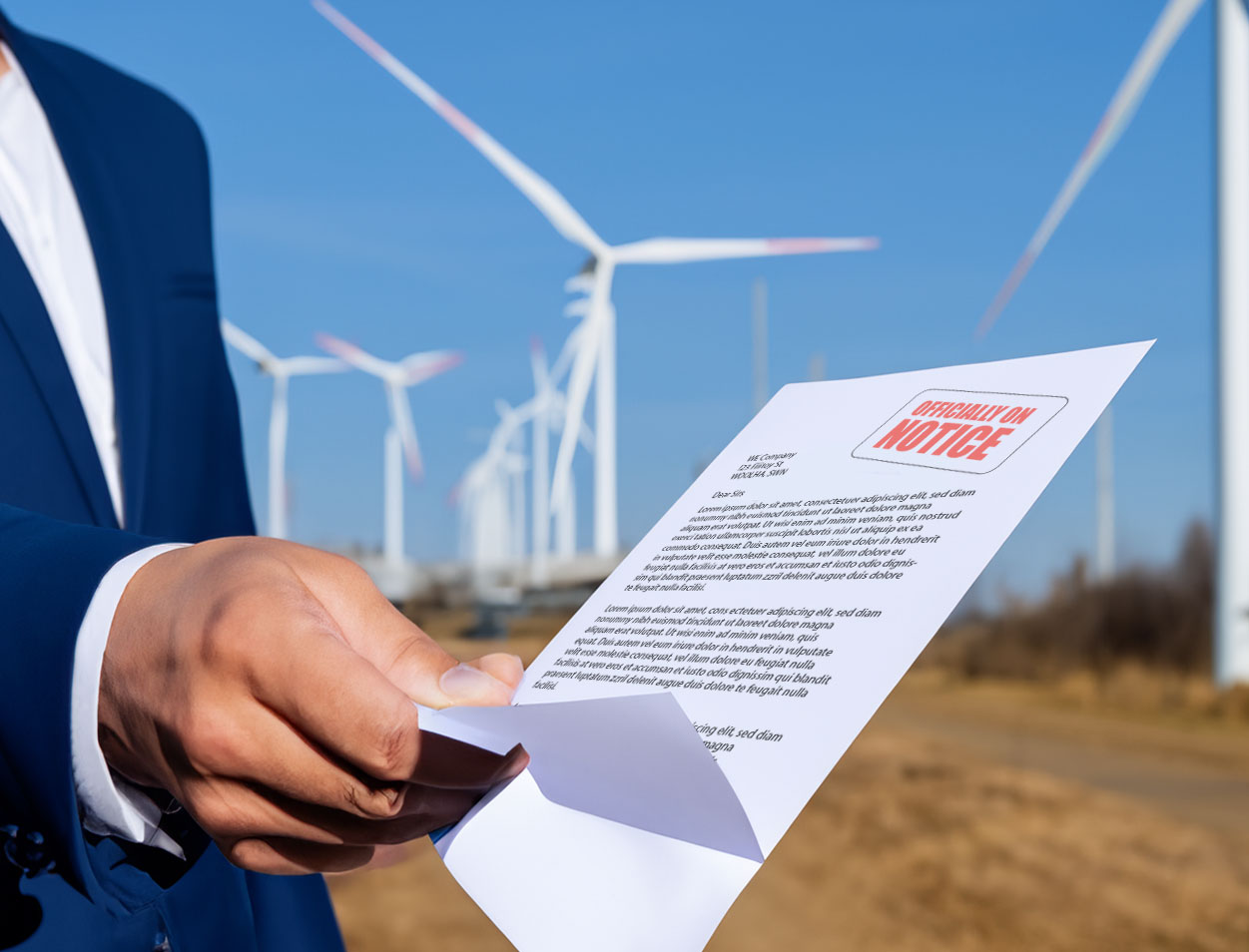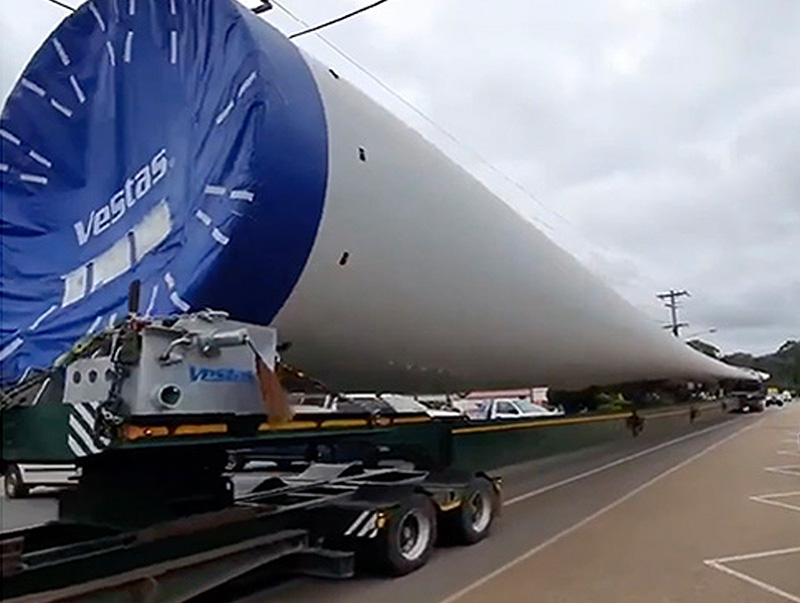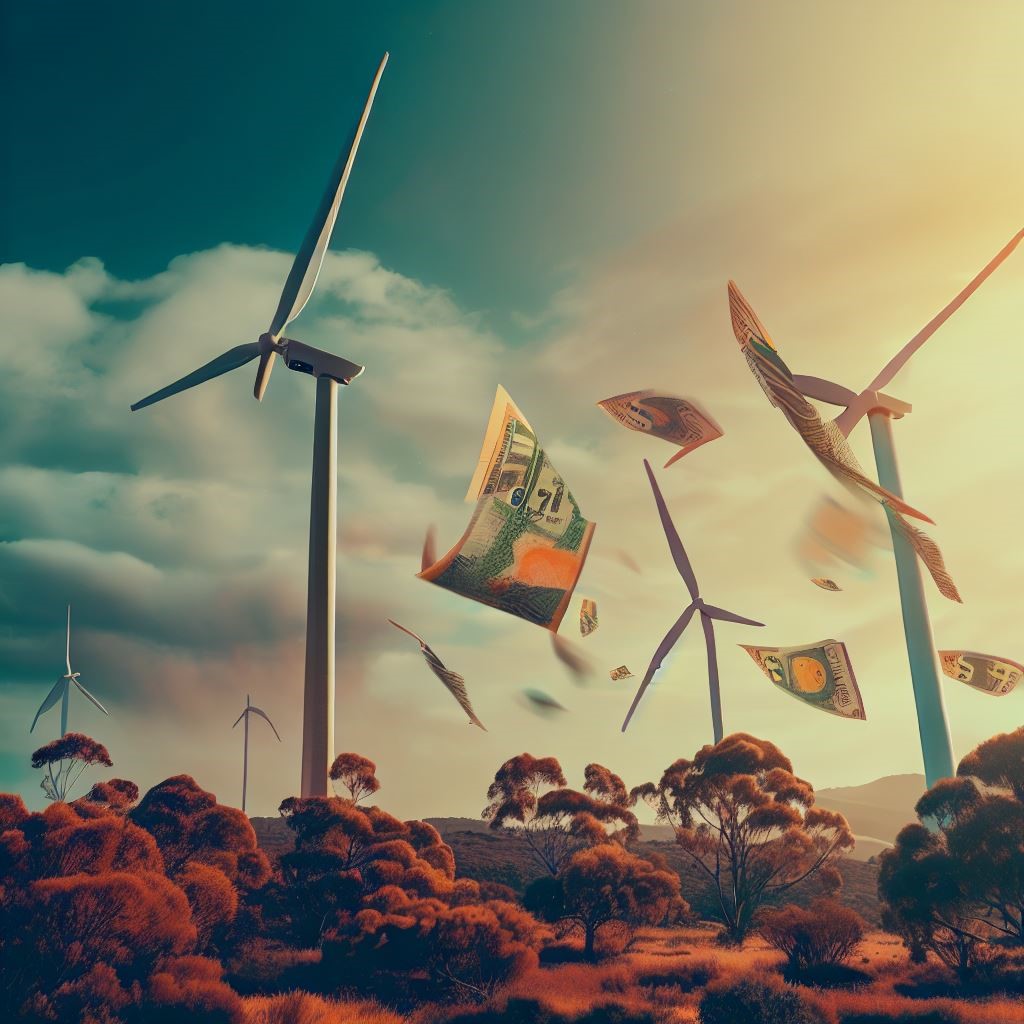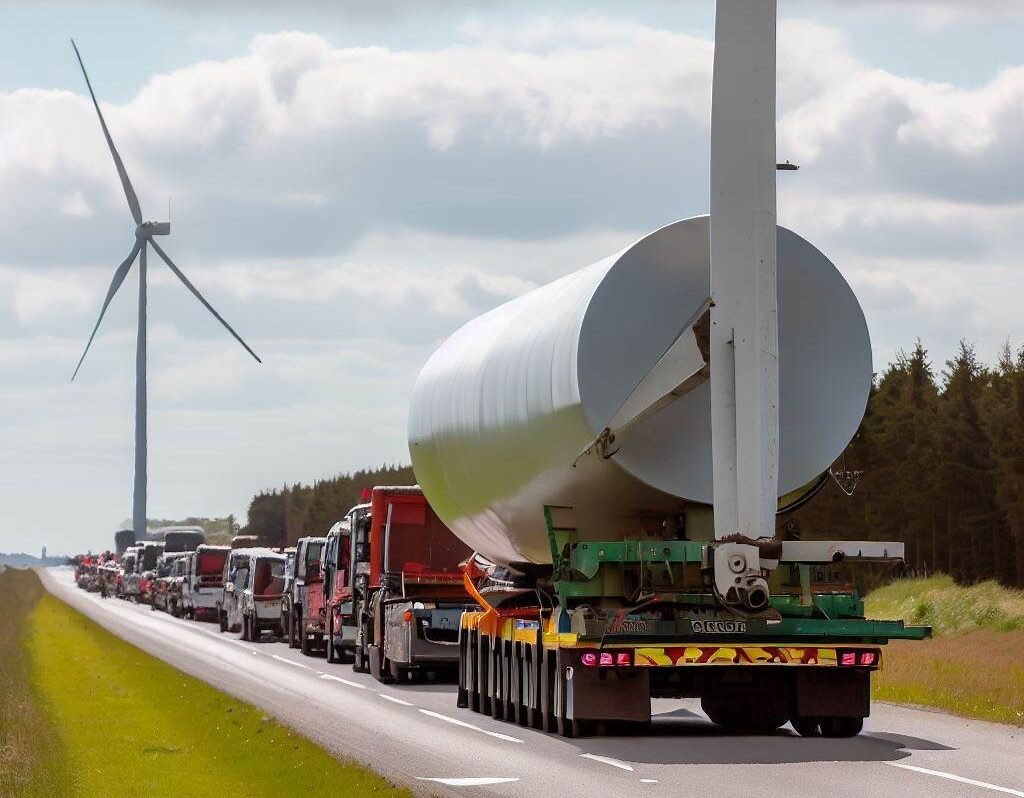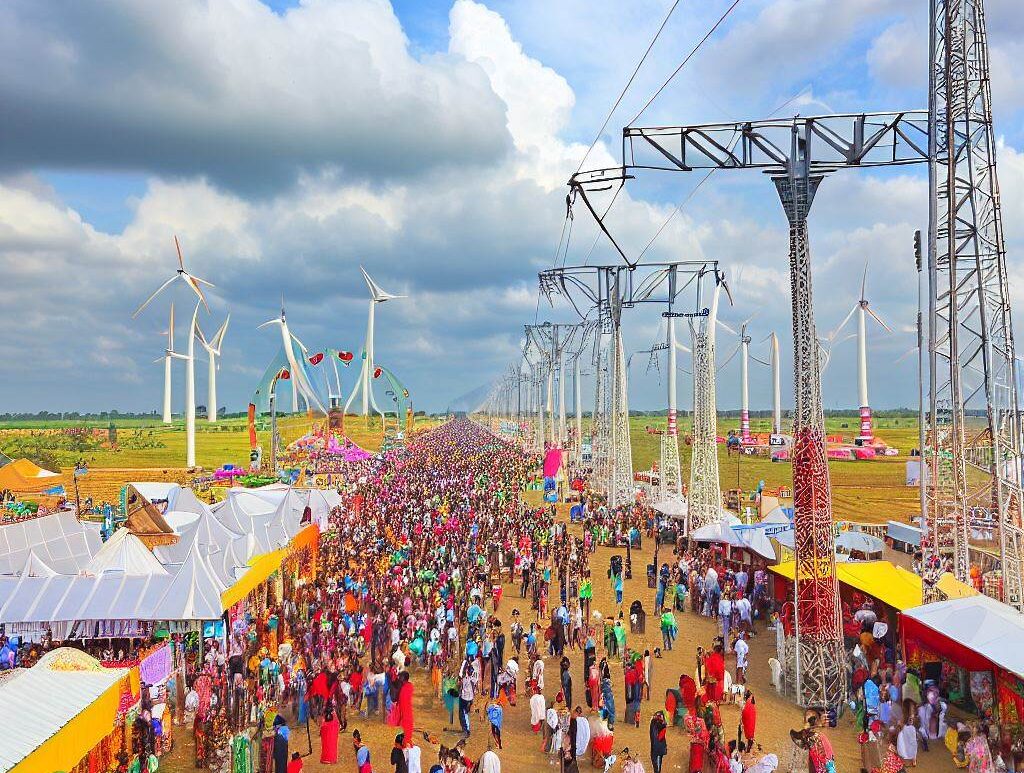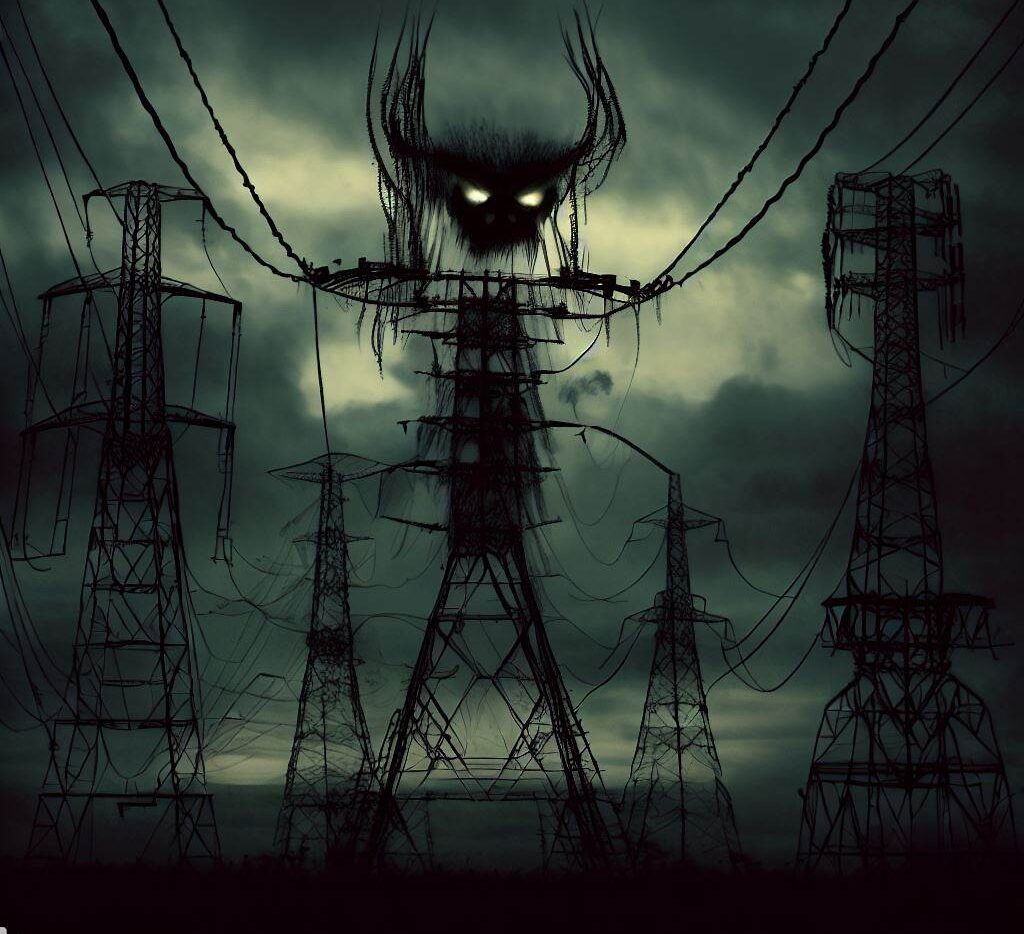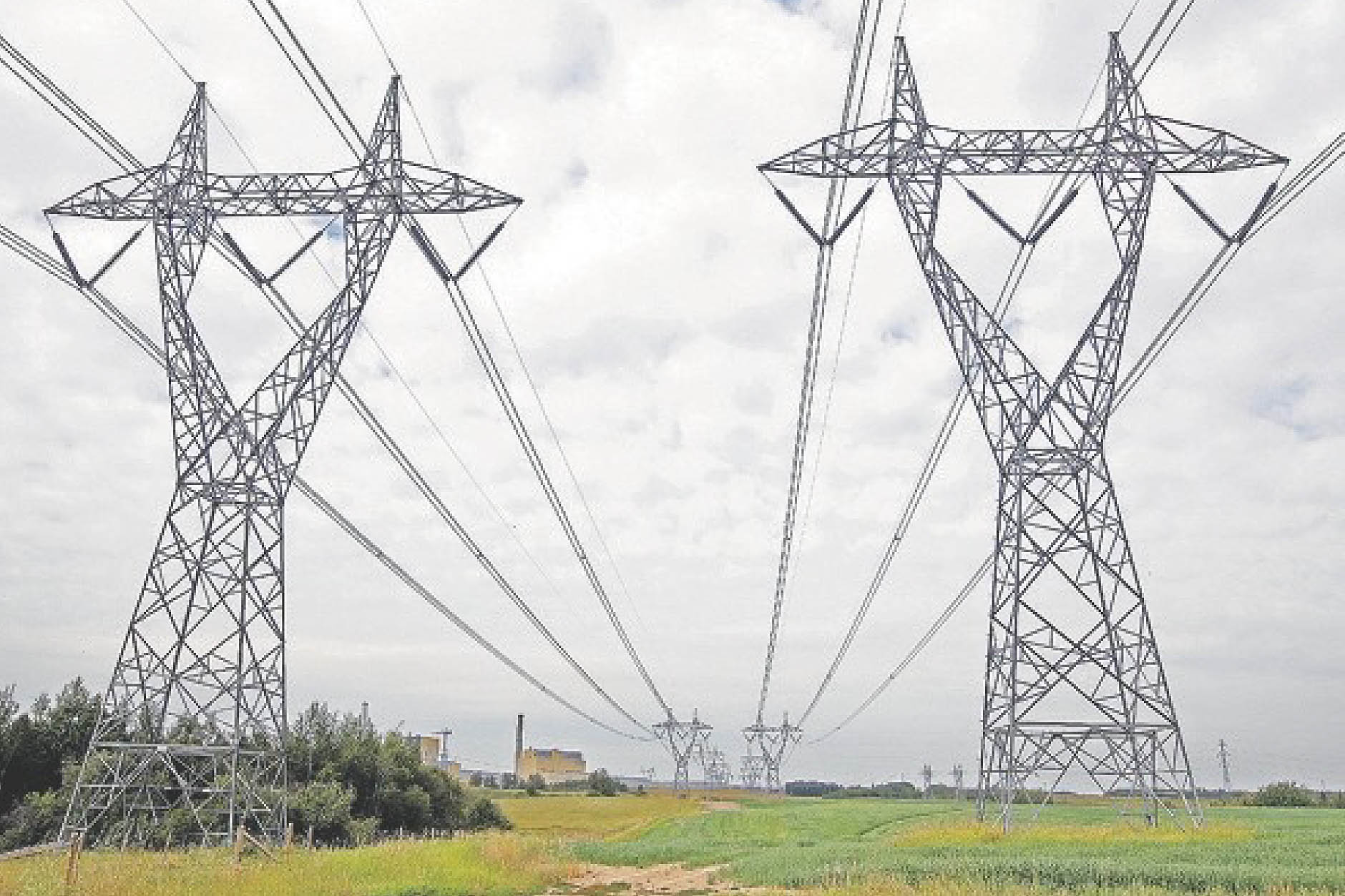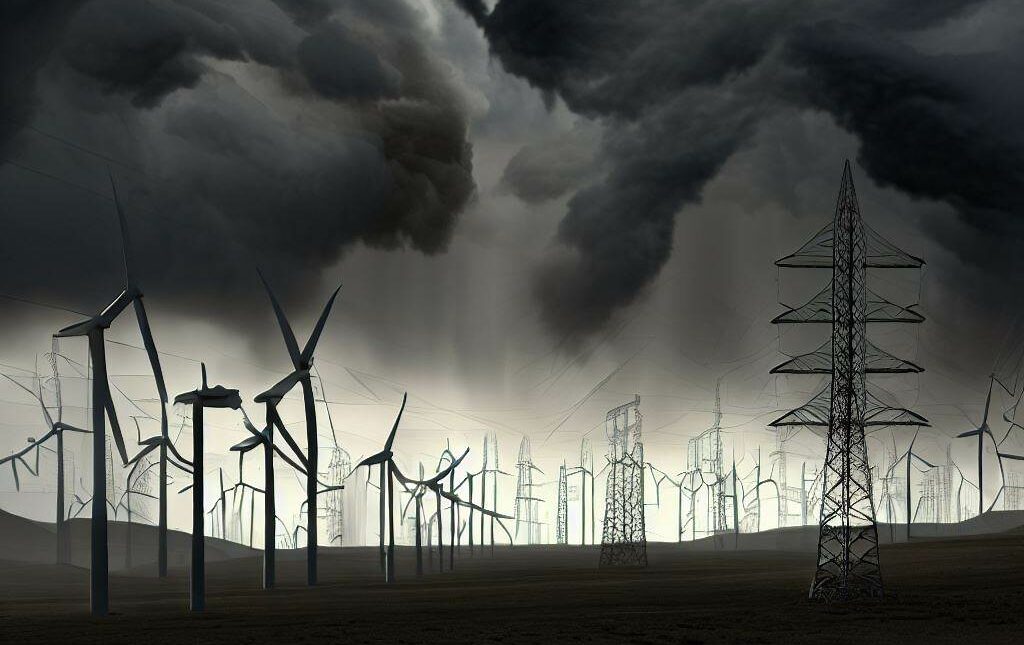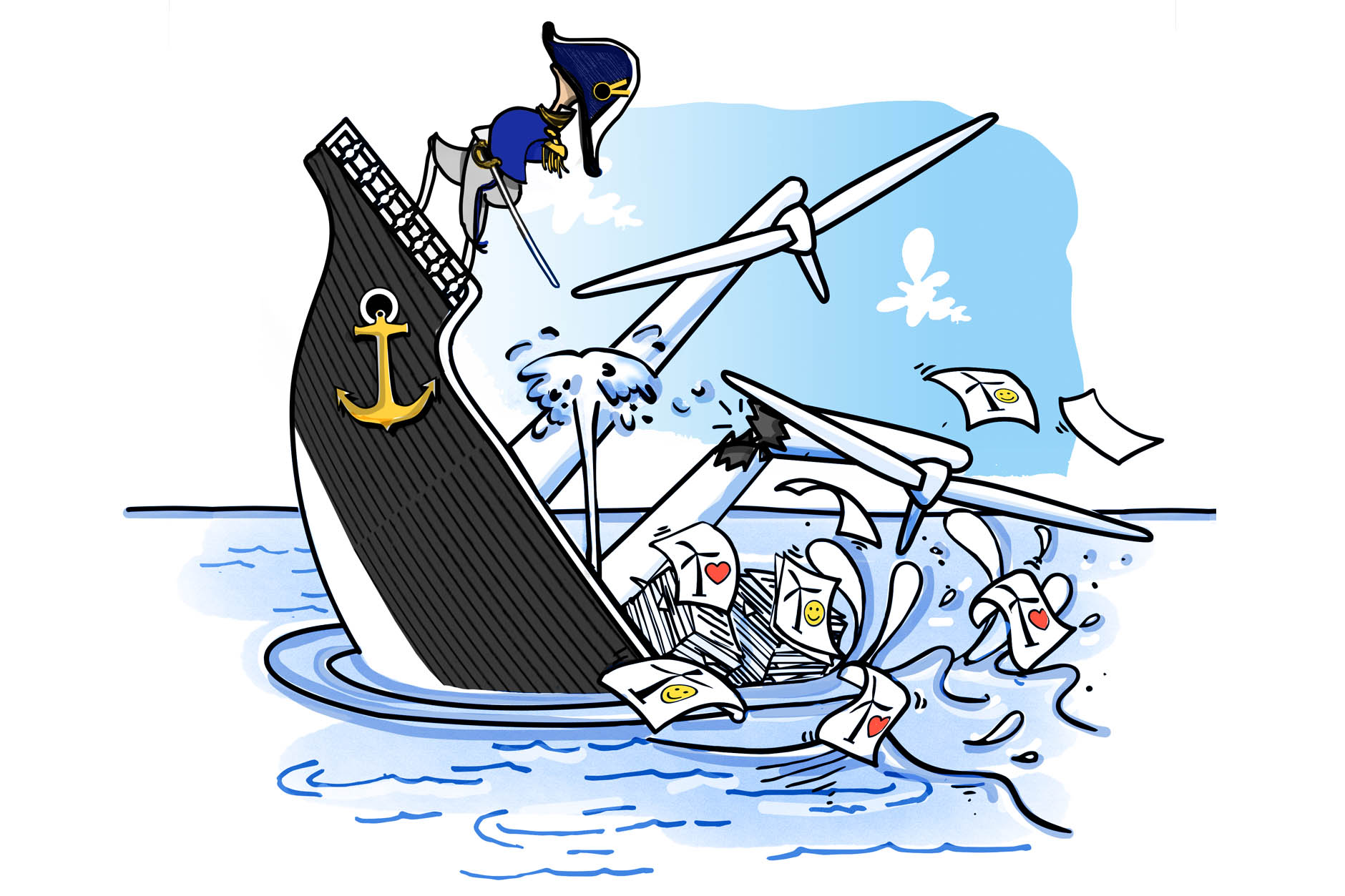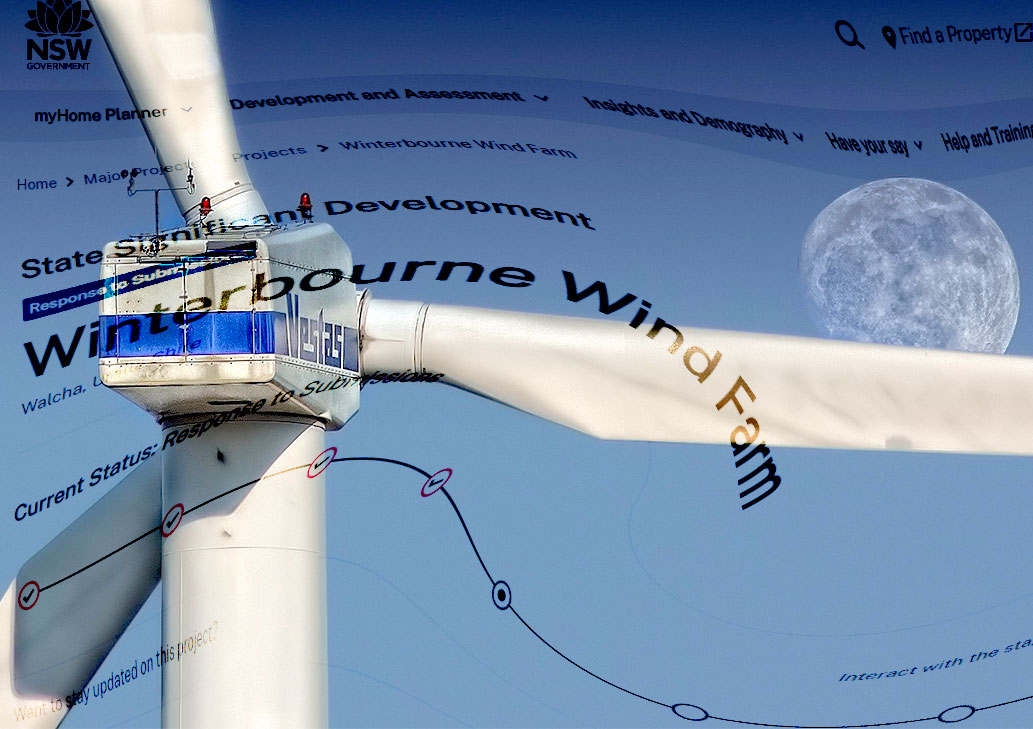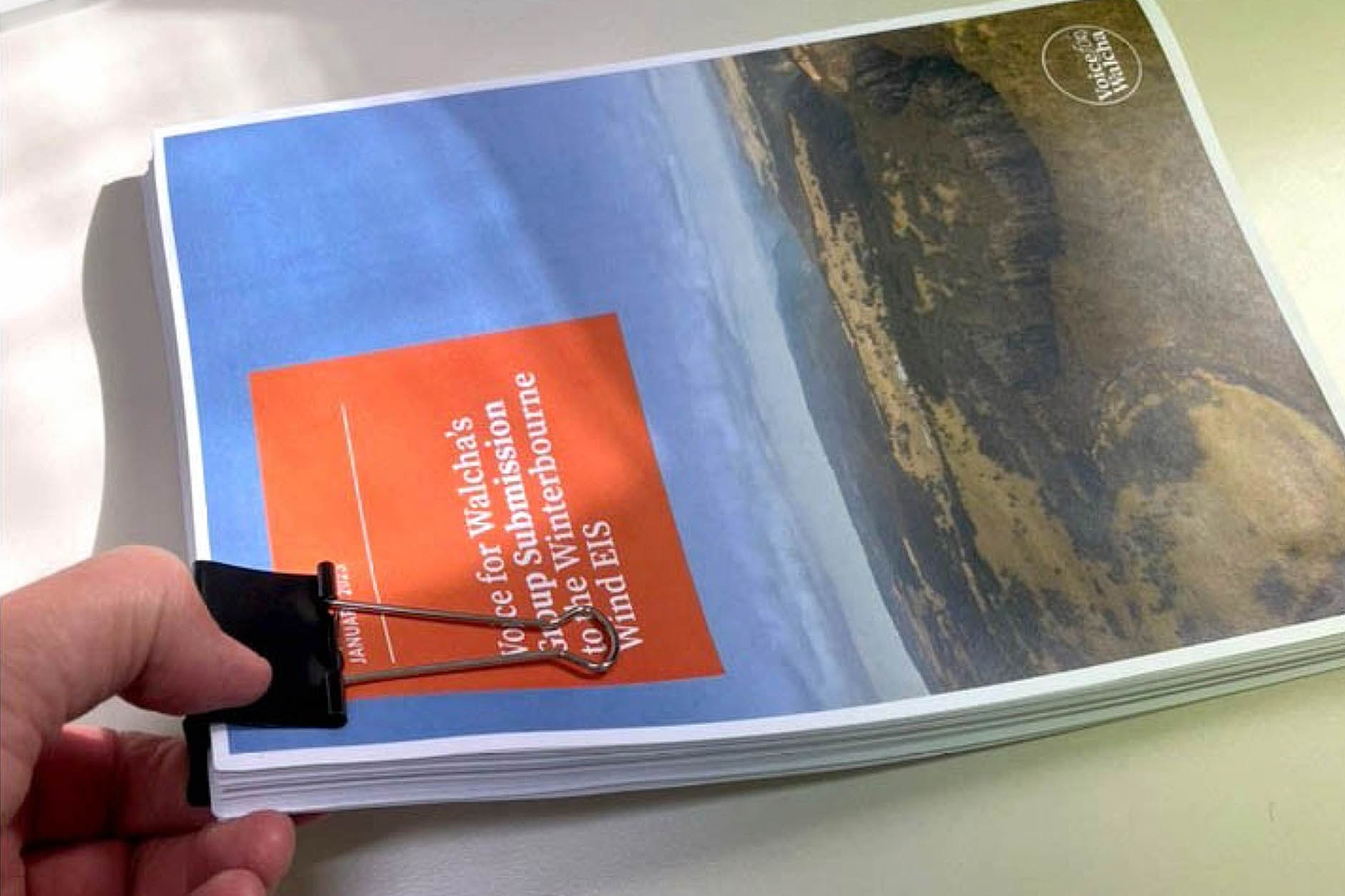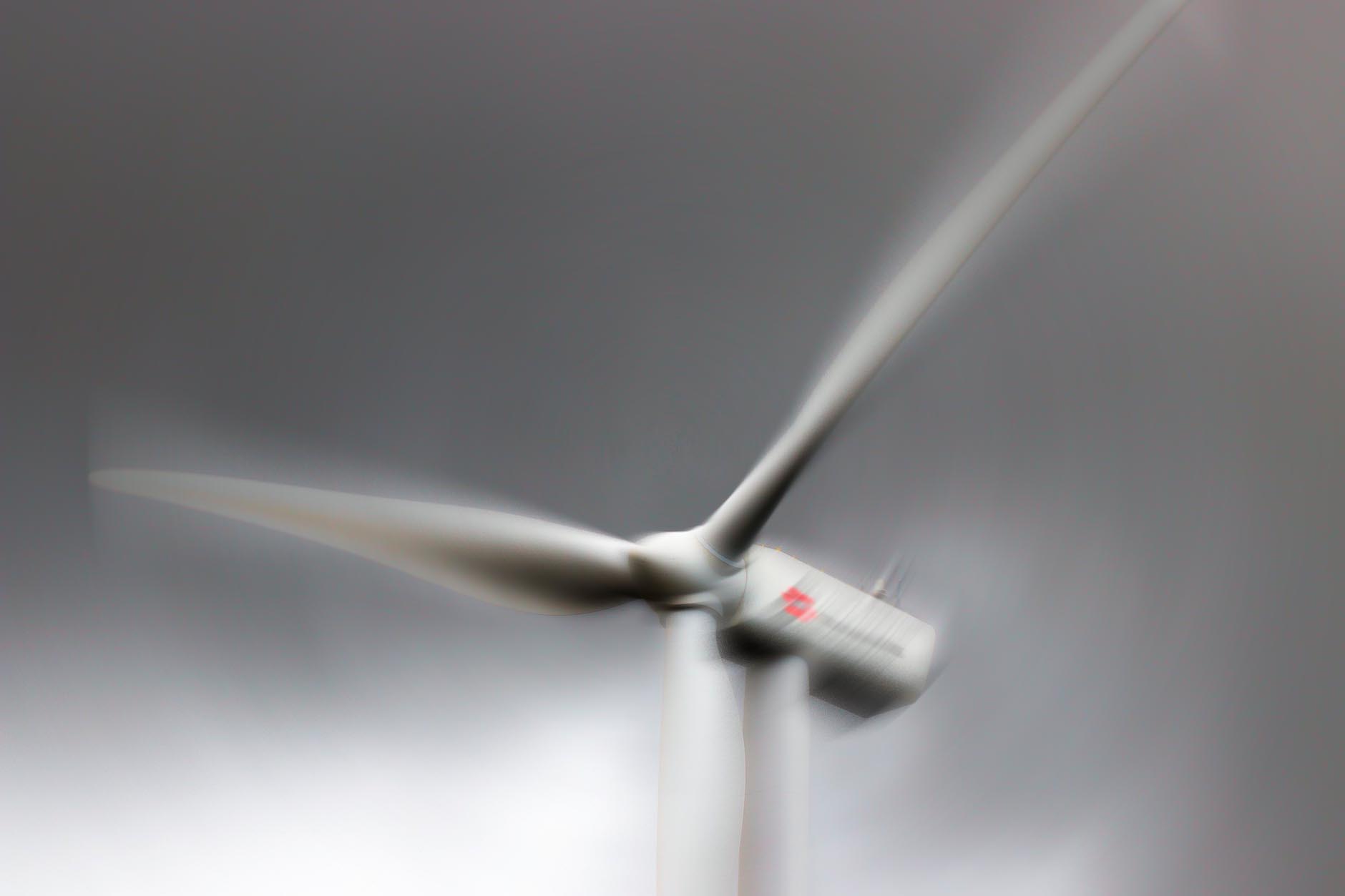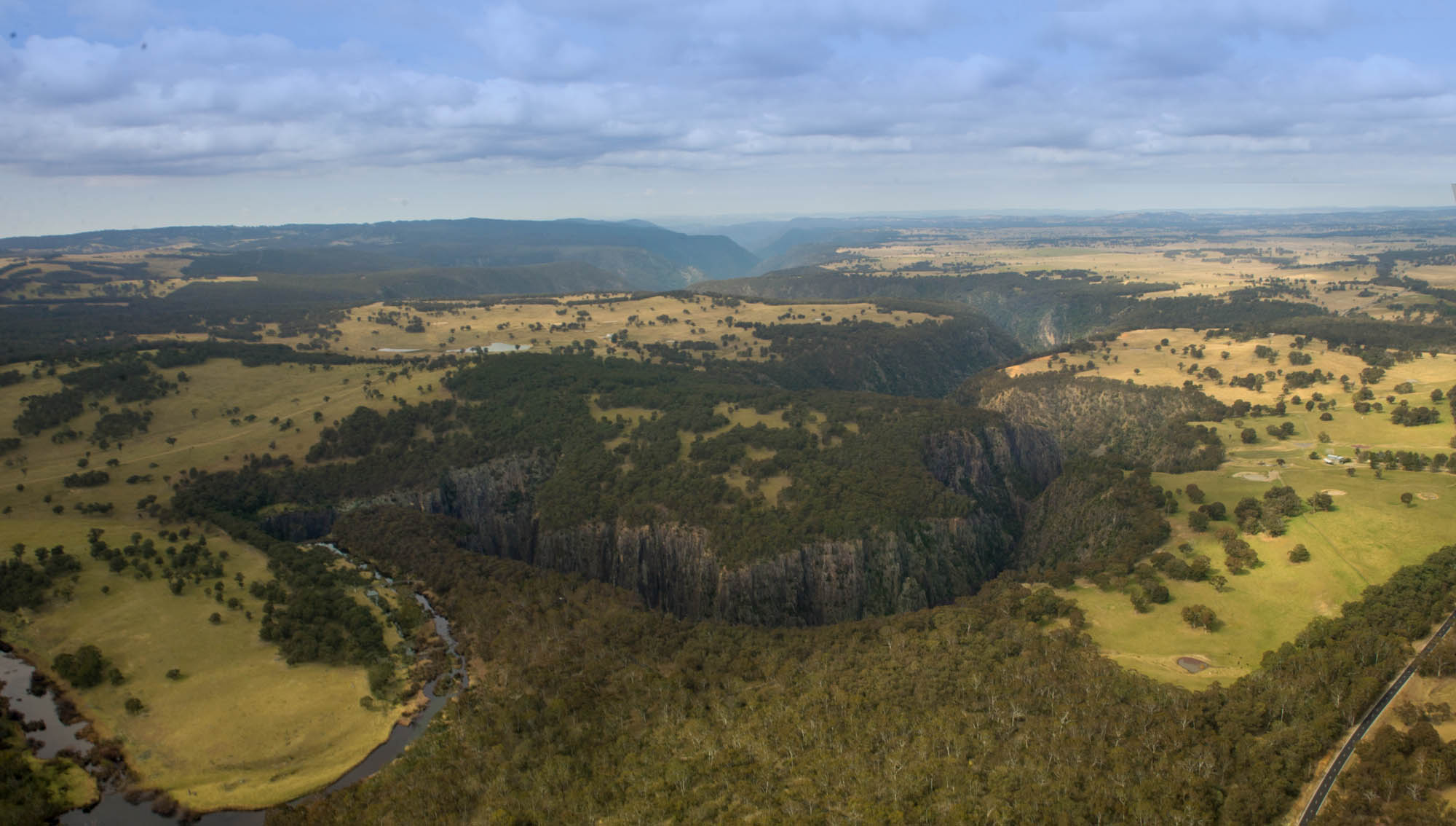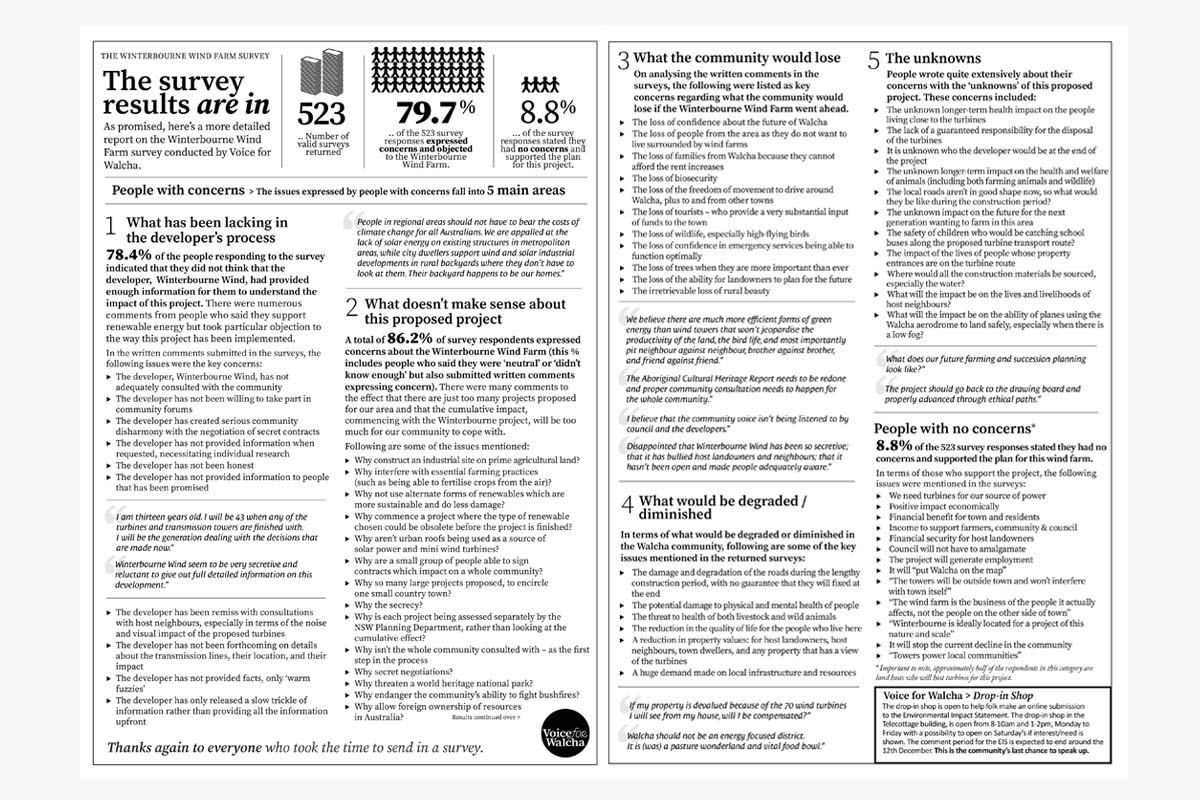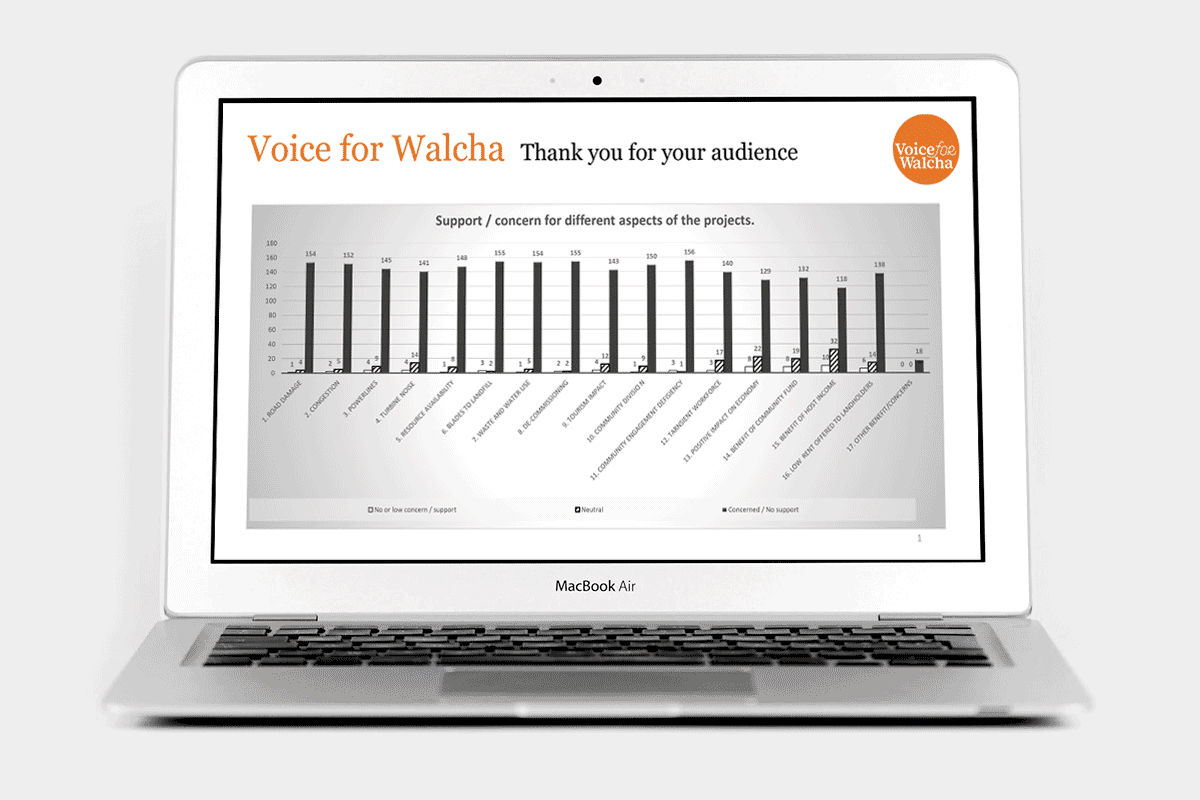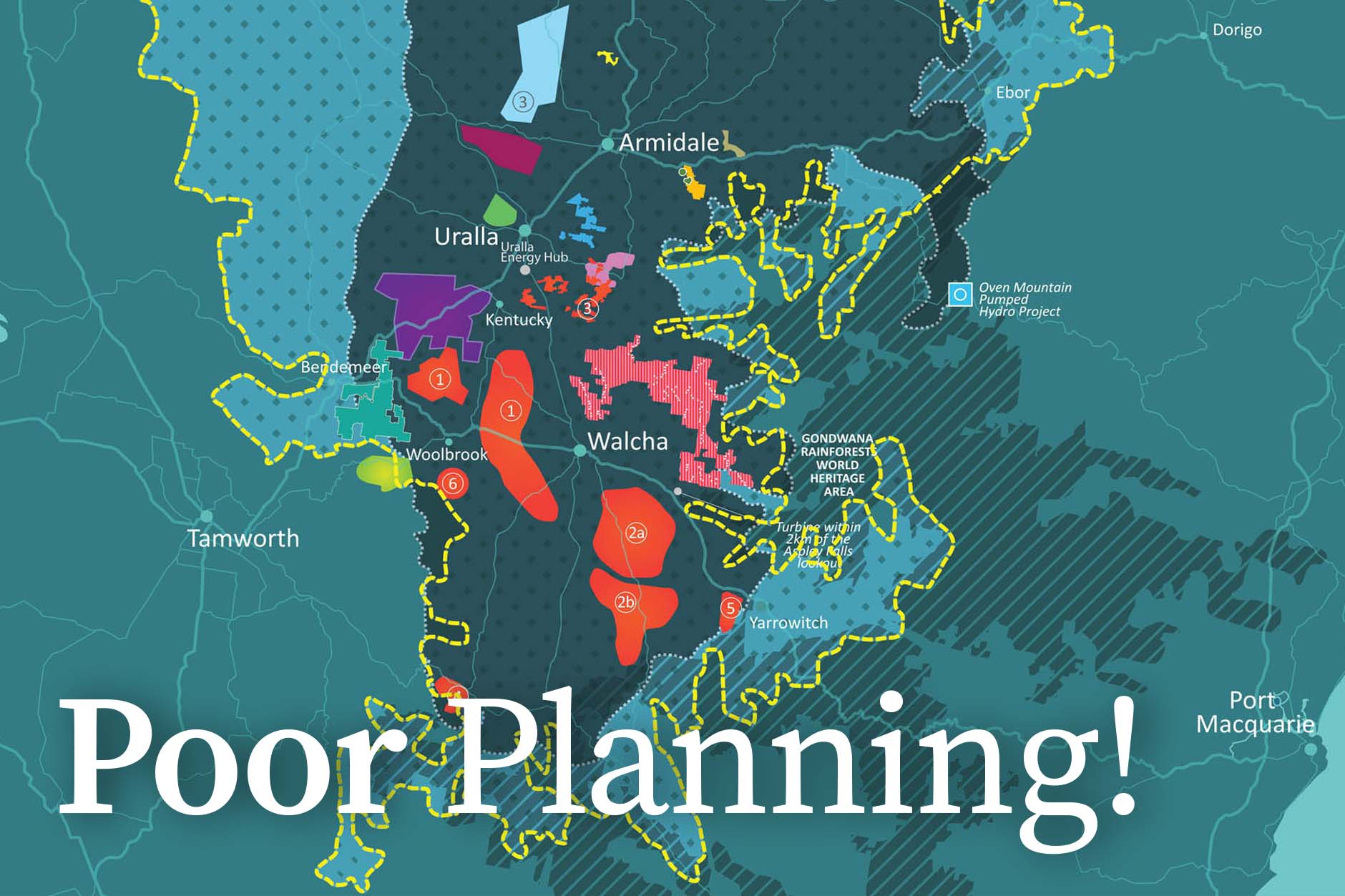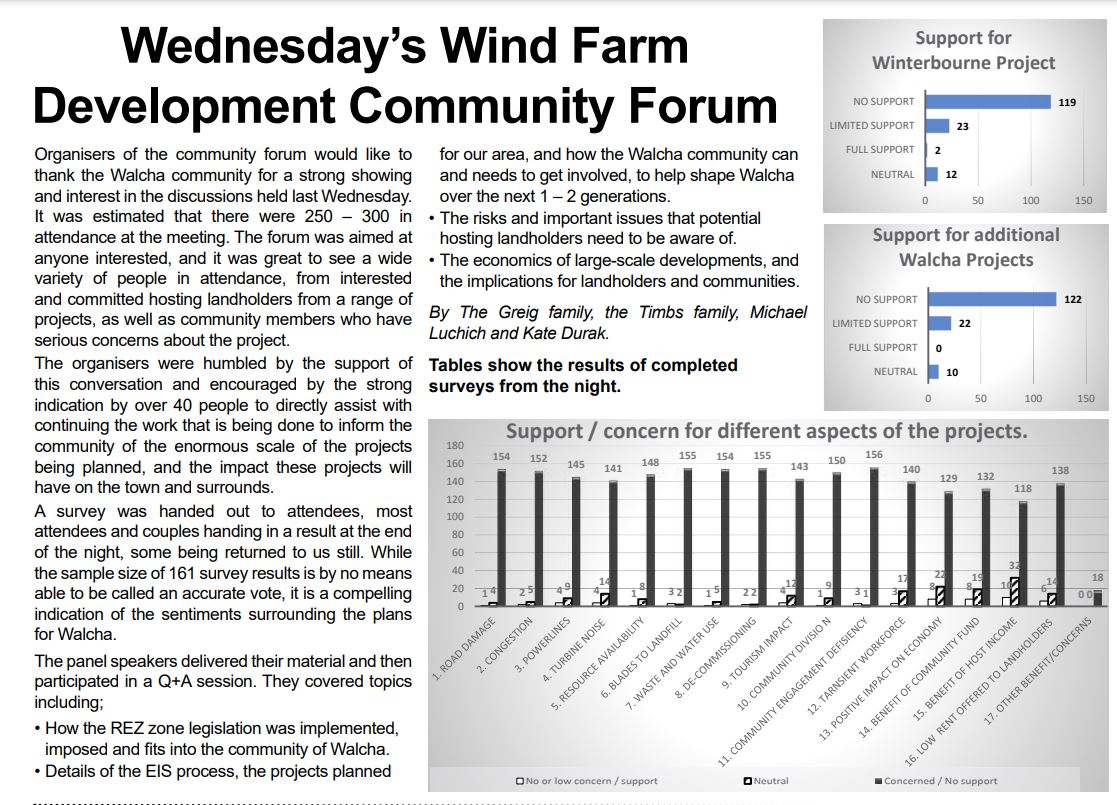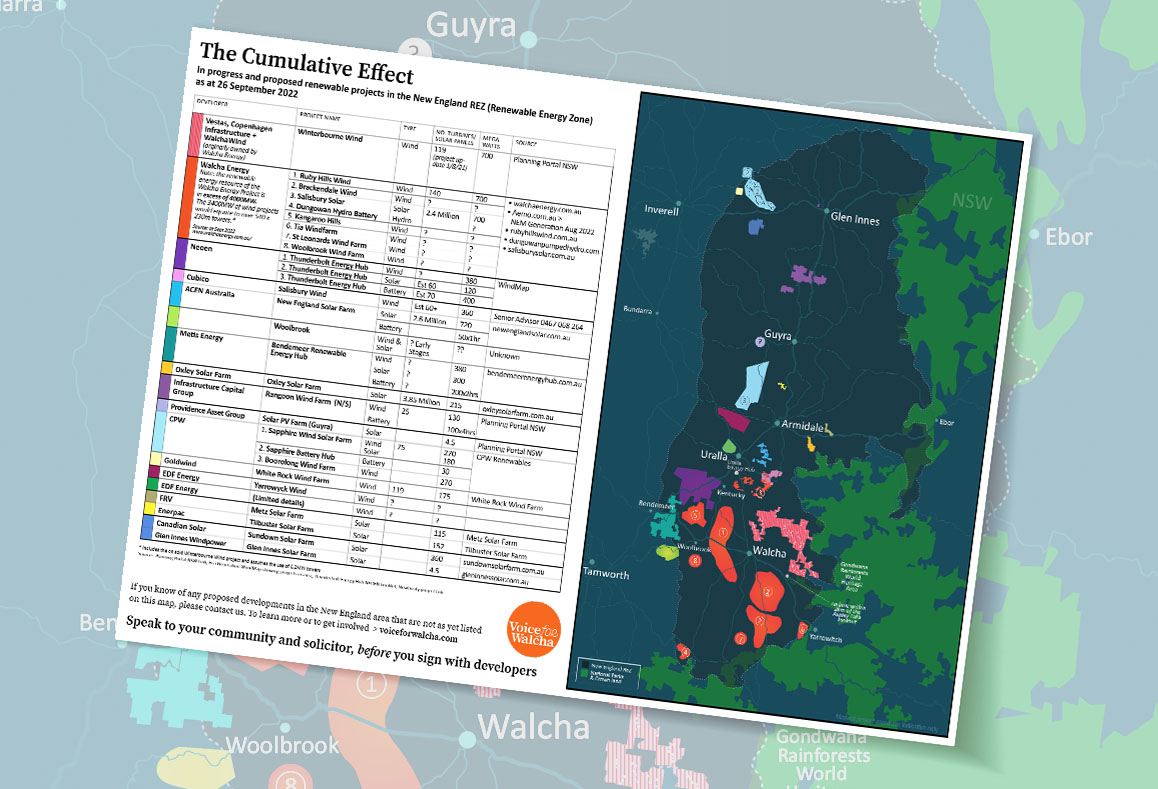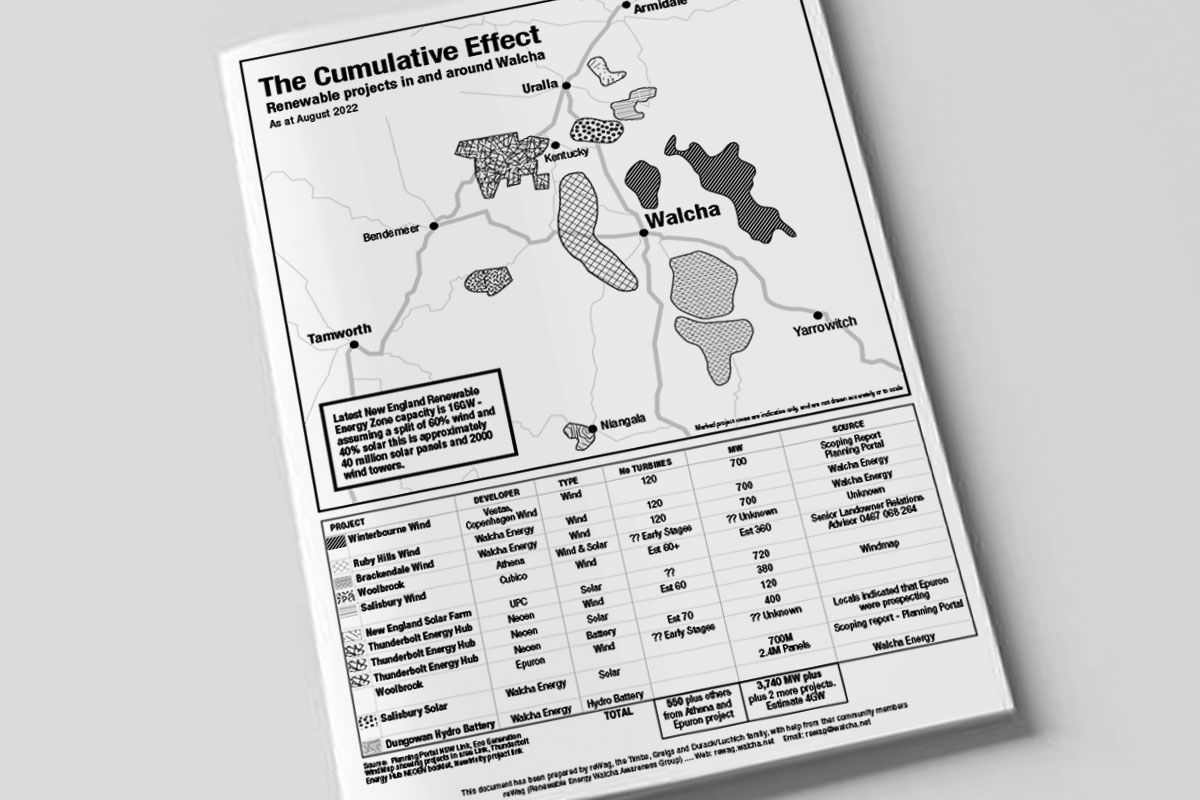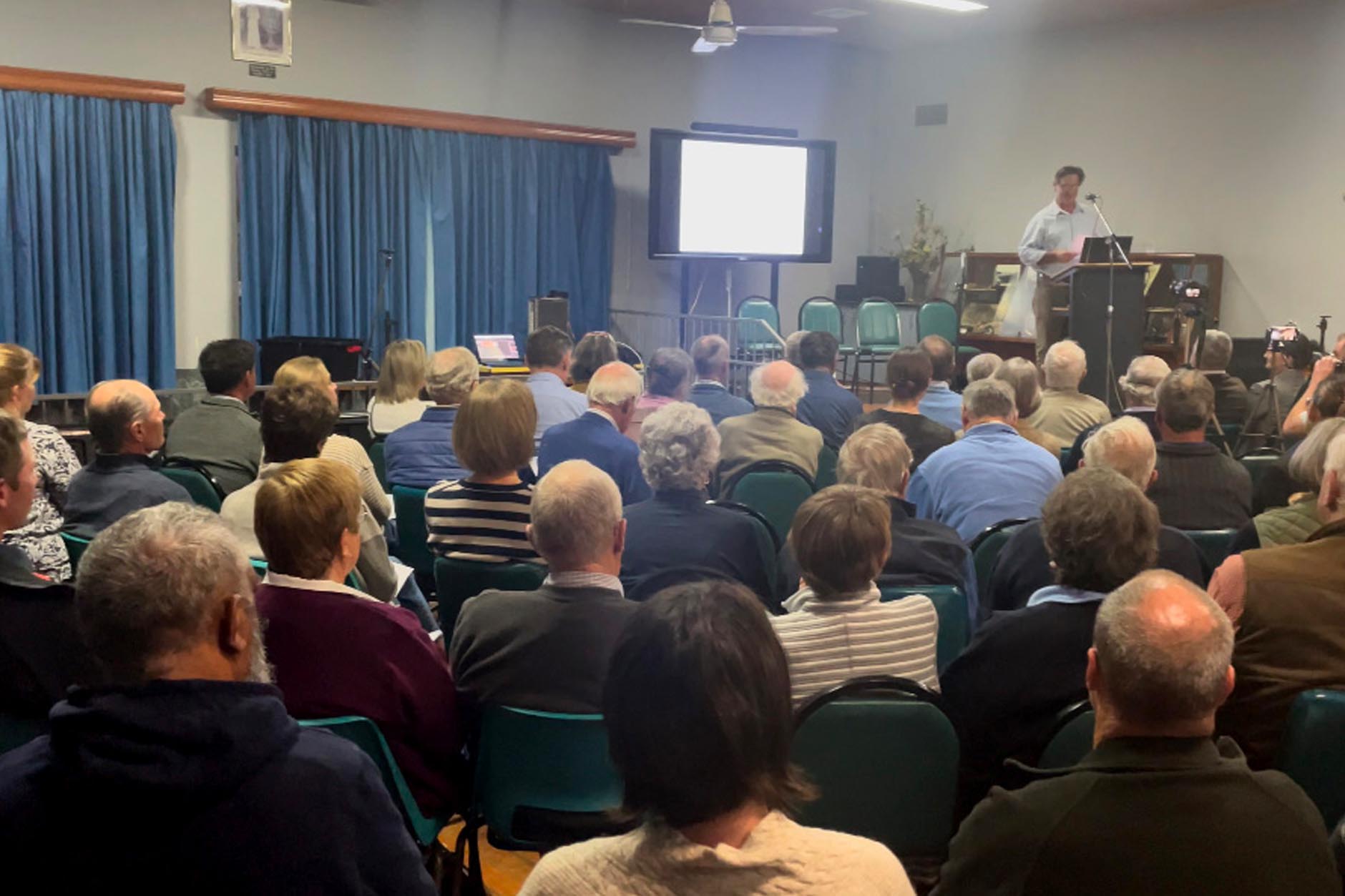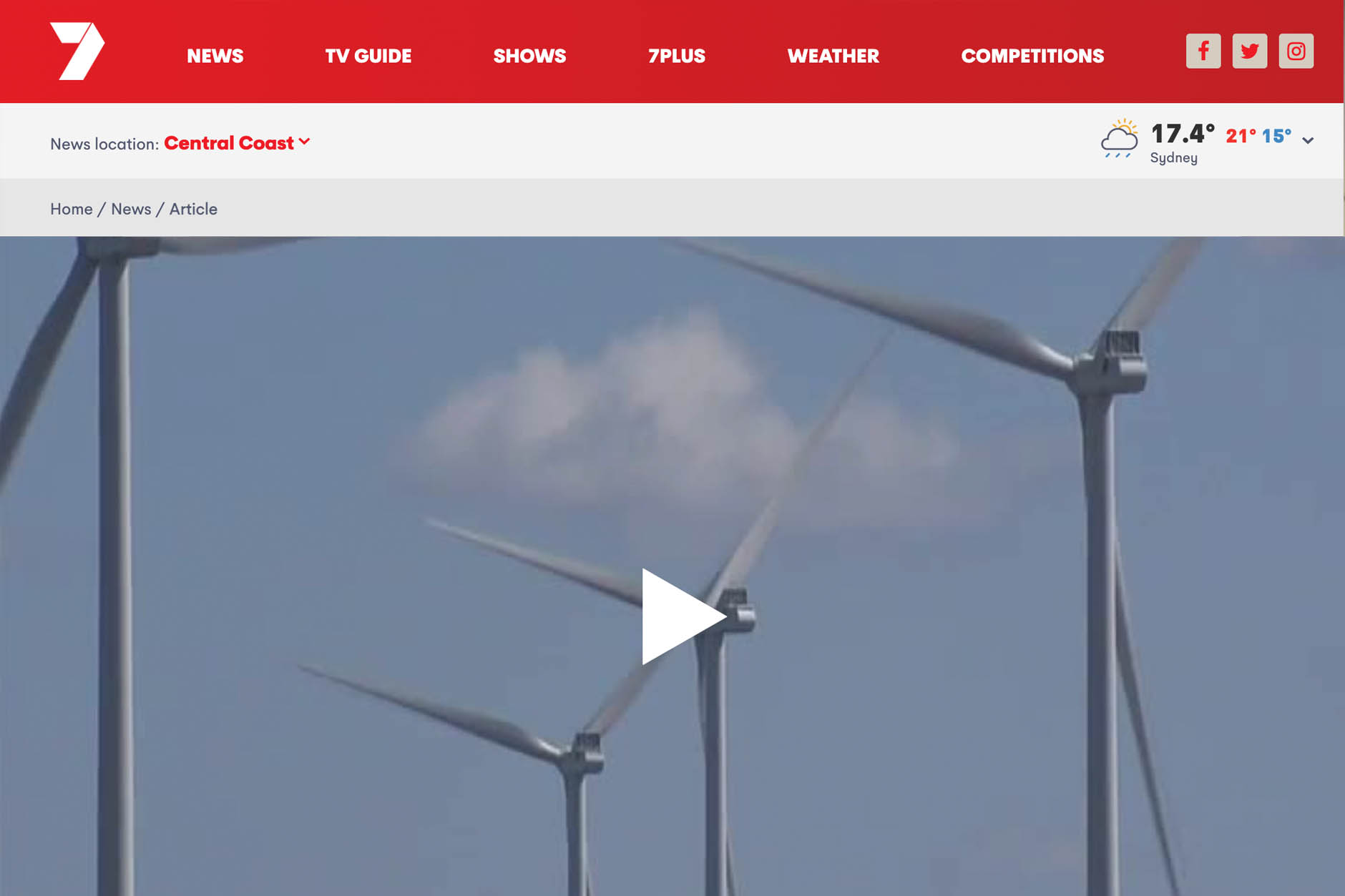From John Heffernan with Voice for Walcha
I’ve always considered Denmark and Wind Power as inseparable, like a horse and carriage, a marriage made in a renewable heaven. That’s why I was recently stunned by another high quality study that tells a disturbingly negative tale about the Danes and Wind. The work mainly focuses on ageing and performance variations plus failures and major breakdowns in three generations of turbines: (1) small ones with a capacity of less than 1 MW; (2) larger ones of 2+MW; and (3) offshore ones of 3.6 to 6+ MW capacity.
The data largely comes from the Danish Energy Agency’s register of wind turbines, which at the end of September 2019 held information on more than 9,500 turbines. Statistical and econometric work is by Professor Gordon (from Edinburgh University’s School of Economics), the ex World Bank senior advisor on energy and environmental policy who headed the exacting study into 350 UK wind farms operating between 2002 and 2019, the same time frame as this study, And just like that UK study, the findings of this Danish research could also be called sobering.
Professor Gordon makes it clear that the smaller turbines aren’t a problem at all. For those with a capacity of less than 1 MW the combined but offsetting effects of ageing and technical progress lead to only minor declines in average load factors as turbines get older. It’s the larger 2+ MW onshore and offshore turbines where age-related decline in performance rears its ugly head, with a decline of about 3% annually for onshore turbines and as much as 4.5% for offshore machines. This means that by Age 16, an onshore wind farm will only produce 63% of its Age 1 performance, while for offshore rigs that drops to 50% of peak output. In other words “the economics of keeping a turbine or wind farm in operation look increasingly unattractive once it passes an age of 16 years.”
Pretty crook, eh? But it gets crooker. For starters, all those more reliable small turbines have effectively reached end of life, leaving the larger less reliable and poorer performing onshore turbines to run the show, alongside the even larger, even less reliable, poorer performing and more costly (to maintain) offshore rigs. And to make things even worse, according to the Professor, “manufacturers are contemplating a shift to yet another generation of 12+ MW offshore turbines with all the likely problems” linked with that.
There are plenty of lessons to take home from this study, but perhaps the most salient is the patent untruth that large-scale wind power generation is nearly costless. It most certainly is not. At the very least it involves seriously expensive engineering and economic tradeoffs that must not be ignored. For that reason alone, those who seek to promote large-scale wind projects – like operators, governments and official bodies – need to engage in honest and open cost/benefit discussions that acknowledge and factor in such serious trade-offs for any worthwhile analysis of wind as a viable renewable technology.
Once again, as with the Edinburgh University study of 350 UK wind farms, Australia should take on board this invaluable free lesson from Denmark, and begin thinking about more viable, more reliable and more desirable sources of energy.







